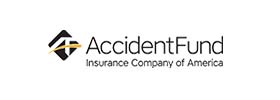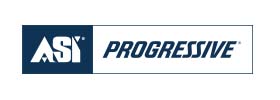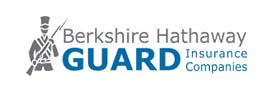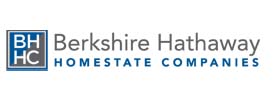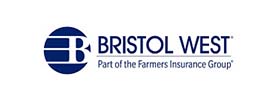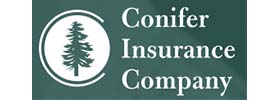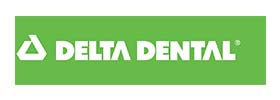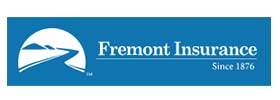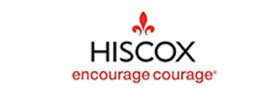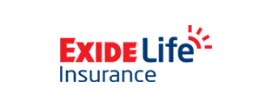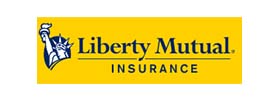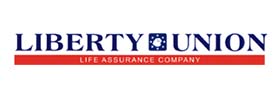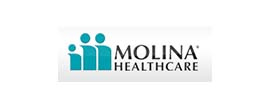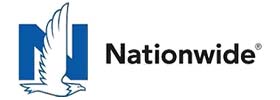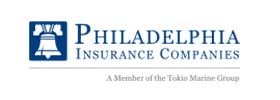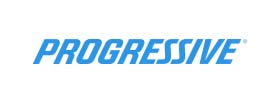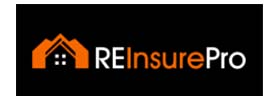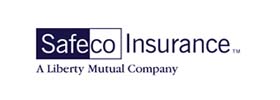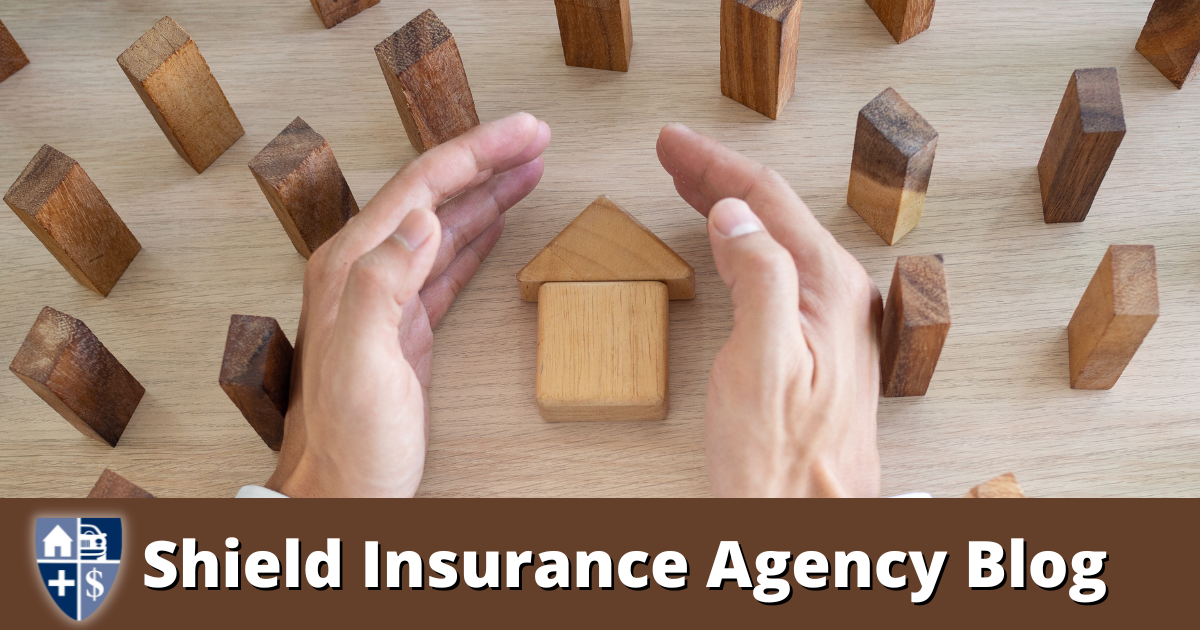
Homeowner Insurance Unveiled: The Ultimate Guide to Personal Property Coverage!
Shield Insurance Agency Blog | Homeowner Insurance | Start A Quote Today!
When it comes to protecting your home and belongings, having the right insurance coverage is crucial. One important aspect of a homeowner insurance policy is personal property insurance. In this blog post, we will explore what personal property insurance is, why it is important, and how it can provide peace of mind for homeowners.
Personal Property Insurance
Personal property insurance, also known as personal belongings coverage, is a type of coverage that is included in most homeowner insurance policies. It provides financial protection for your personal belongings in the event of damage or loss due to covered perils such as fire, theft, or vandalism.
Homeowner Insurance Coverage
Home insurance coverage typically includes two main components: property insurance and liability insurance. Property insurance covers the physical structure of your home, while personal property insurance covers the items inside your home. This can include furniture, electronics, appliances, clothing, and other personal possessions.
Having personal property insurance is important because it helps to ensure that you can replace or repair your belongings if they are damaged or destroyed. Without this coverage, you would be responsible for covering the costs out of pocket, which can be a significant financial burden.
Homeowner Insurance
Home insurance policies typically provide coverage for personal belongings up to a certain limit, which is usually a percentage of the total coverage amount for the property. For example, if your home is insured for $200,000 and your personal property coverage limit is 50%, you would have up to $100,000 in coverage for your belongings.
It is important to review your policy and understand the coverage limits for personal property insurance. If you have valuable items such as jewelry, artwork, or collectibles, you may need additional coverage to adequately protect these items. This can be done through a separate policy or by adding a rider to your existing policy.
When determining the value of your personal belongings, it is important to take an inventory of your items and keep documentation such as receipts, appraisals, or photographs. This will help you in the event of a claim and ensure that you receive the appropriate compensation for your belongings.
Personal Items
Home insurance coverage for personal items can also extend beyond the physical structure of your home. For example, if your laptop is stolen while you are traveling, personal property insurance can provide coverage for the loss. This coverage can also extend to items that are temporarily outside of your home, such as belongings in a storage unit or items in your car.
When it comes to personal property insurance, it is important to work with a reputable insurance agency that can provide you with the right coverage for your needs. Shield Insurance Agency represents over 40 insurance companies, ensuring that you have access to a wide range of options and competitive rates.
If you are interested in obtaining a homeowner insurance policy or reviewing your existing coverage, contact Shield Insurance Agency at (616) 896-4600 for a free quote today. You can also start the quoting process by visiting this LINK, and an agent will be in touch soon to assist you.
In conclusion, personal property insurance is an essential component of a homeowner insurance policy. It provides financial protection for your personal belongings in the event of damage or loss. By understanding your coverage limits and working with a reputable insurance agency, you can ensure that your personal items are adequately protected. Don’t wait until it’s too late – get the right coverage for your home and belongings today.







